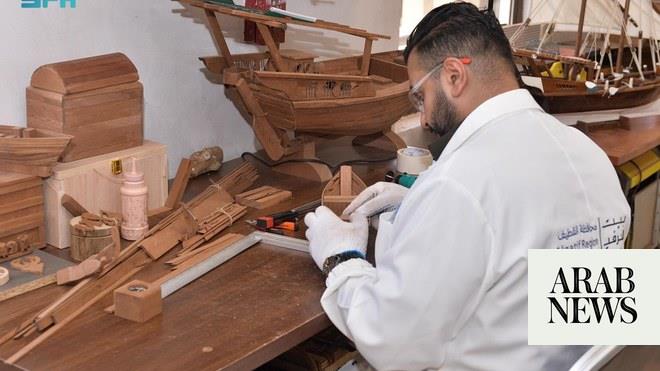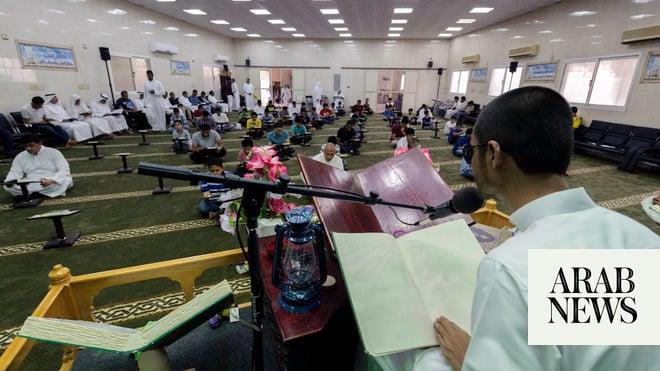
The Arab world is experiencing a space age boom, with several countries redoubling their efforts in space programs that range from new satellites to a Mars probe.
The Arab space program started more than 40 years ago, in 1976, when Arabsat (the Arab Satellite Communications Organization) was established. Less than 10 years later, in 1985, Arabsat had two satellites launched into orbit (Arabsat-1A by the French rocket Ariane and Arabsat-1B by the American space shuttle), along with the historic trip of Prince Sultan bin Salman, the first Arab to go into space.
In the three decades that followed, Arab states established space agencies (from Morocco in 1989 to the UAE in 2014) and many satellites were launched, some for collective use, such as Arabsat-2 to 6B, with the next one (6A) scheduled for launch in January 2019 aboard SpaceX’s Falcon Heavy. Others were for country-specific usage, i.e., for telecommunications or remote sensing.
In parallel, the UAE took the lead in space exploration, going beyond near-space and satellites by announcing a mission to Mars: A probe to be launched in July 2020 that will arrive at the “Red Planet” in early 2021, to coincide with the 50th anniversary of the country’s founding. A whole new page is being written — by the project’s scientists, technicians and the officials — in the annals of Arab space history.
But, while all this was ongoing, the last few months have seen a big boom in space age efforts.
In September, the UAE announced the selection of the first two Emiratis who will train to be sent to the International Space Station next year. Last month, KhalifaSat, the first satellite to be fully constructed by Emiratis, was launched by Mitsubishi in Japan, and it soon started to return high-resolution images of the country and the region.
A week ago, the Masdar Institute in Abu Dhabi had a (small) CubeSat called MySat-1 launched. A similar one, Nayif-1, was made by the American University of Sharjah in 2017 and was launched by India. A few days ago, Morocco had another satellite (Mohammed VI-B) launched by Arianespace. And last, but not least, a private Saudi company, Shammas, recently inaugurated BadrSat, the first Saudi satellite owned by the private sector.
The next major milestone that the Arab world will need to reach is the building of a launching facility.
Nidhal Guessoum
However, even these impressive programs and successes hide a number of other activities that will serve the field and the region in the long run. A few weeks ago, I took part in a two-day Next-Gen Space Technologies conference in Abu Dhabi, with experts from the region (the UAE, Saudi Arabia and Oman) and from Europe (the Netherlands and Poland). Presentations were made on various space science and technology projects that are being carried out by several academic and industrial institutions.
For example, I reported on the space science and astrophysics research that my students have been undertaking, with topics ranging from Mars to exoplanets and cosmic explosions. These students, all of them undergraduates, some of them first and second-year students, have produced papers that were presented at international conferences and published in reputable journals.
Other presentations at the conference highlighted how private institutions, such as Space Imaging Middle East, and project incubators, such as Krypto Labs, are building an ecosystem for the dawning space age in the Gulf and the Middle East, including high-resolution, multispectral satellite imaging, which is revolutionizing the field of remote sensing for urban planning, agriculture, environmental studies, and more.
There are a number of benefits to such educational and commercial activities. Educationally, students learn to tackle space-related topics by applying their knowledge to current, frontline research problems. They discover the wealth of space data that is out there and learn how to mine it, analyze it and how to interpret the results. Indeed, big data and international projects have changed today’s research, let alone tomorrow’s. Most importantly, the new skills that students acquire through such research can serve them well in a wide range of careers.
There are also important strategic benefits in the training of youngsters for tomorrow’s space programs. This kind of work directly supports the development of today’s and tomorrow’s space programs in the Arab world and beyond.
The dawning space age in the Arab world requires a broad base of young experts and enthusiasts, who tomorrow will be innovating in both basic and applied space research. This requires the engagement of a whole ecosystem of institutions; academic, industrial and commercial.
The next major milestone that the Arab world, perhaps the Gulf region, will need to reach is the building of a launching facility, from where rockets carrying satellites and probes can take off. That will be the stage for the next phase of the Arab space age, and it is not far in the future.
We need to be ready for this new era. We must prepare ourselves, the young generation, and the whole society for the activities that will come with it.
Nidhal Guessoum is a professor of physics and astronomy at the American University of Sharjah, UAE. Twitter: @NidhalGuessoum
Disclaimer: Views expressed by writers in this section are their own and do not necessarily reflect Arab News" point-of-view









